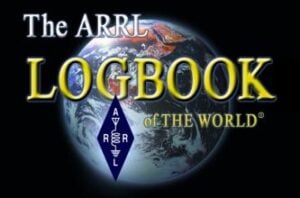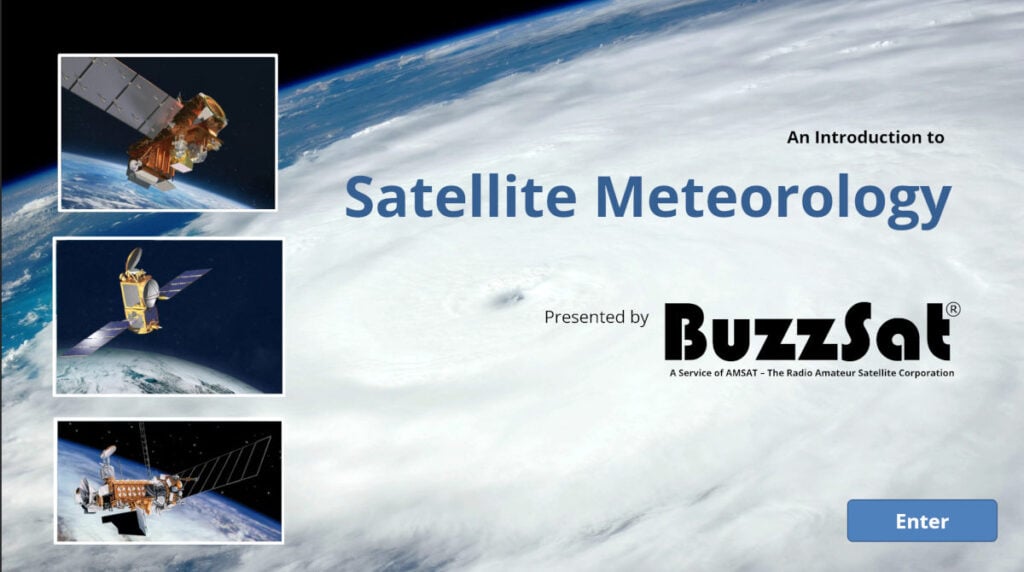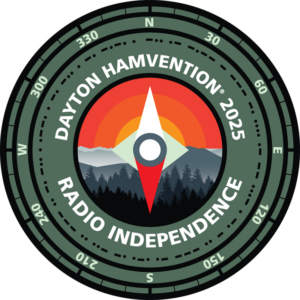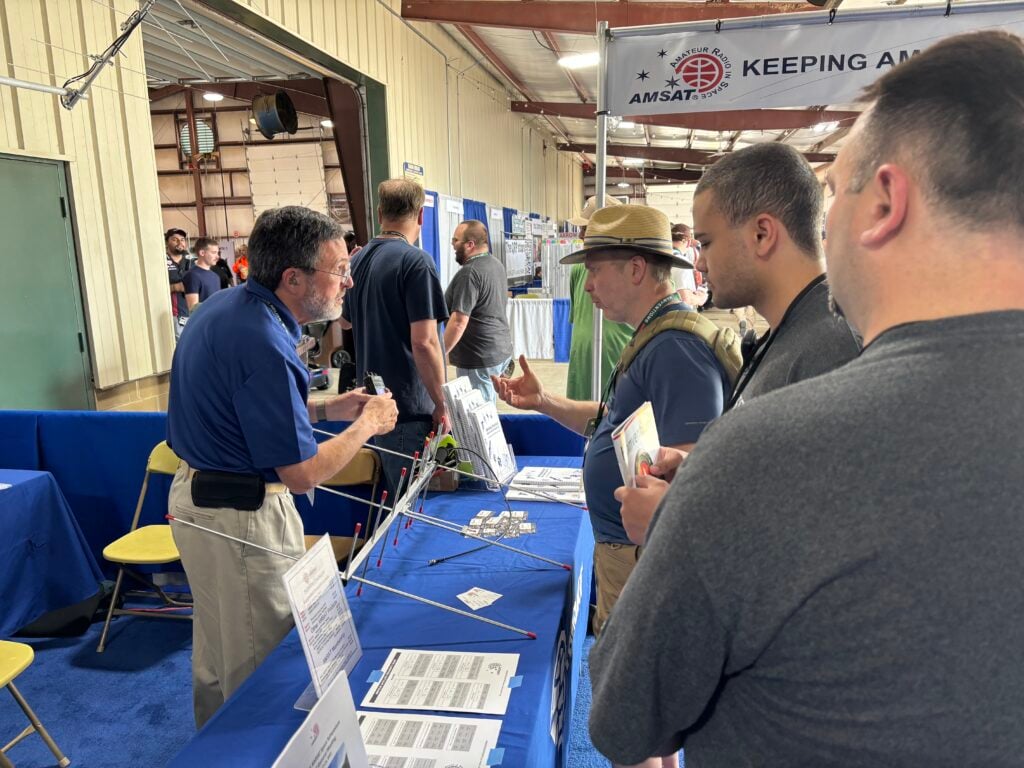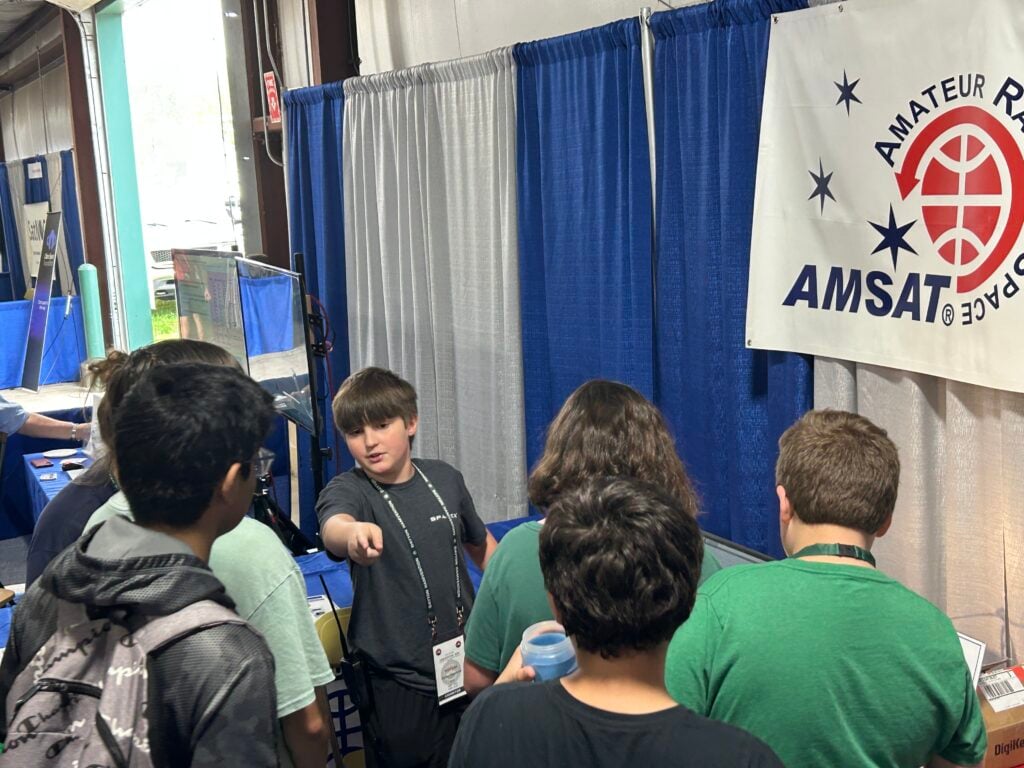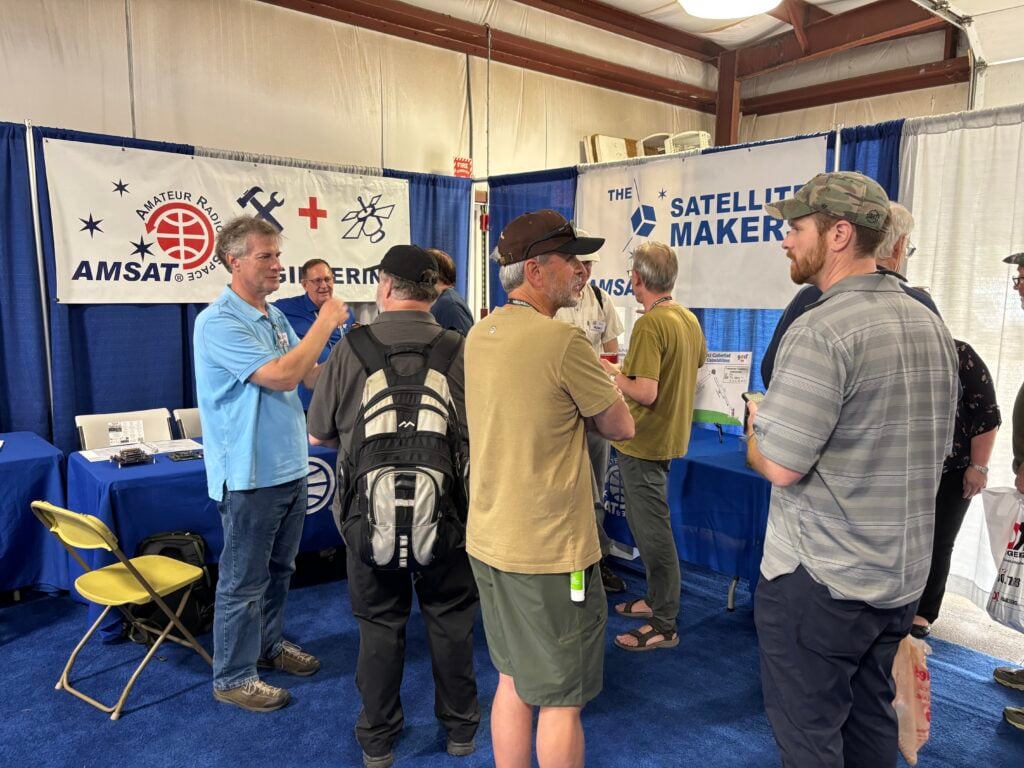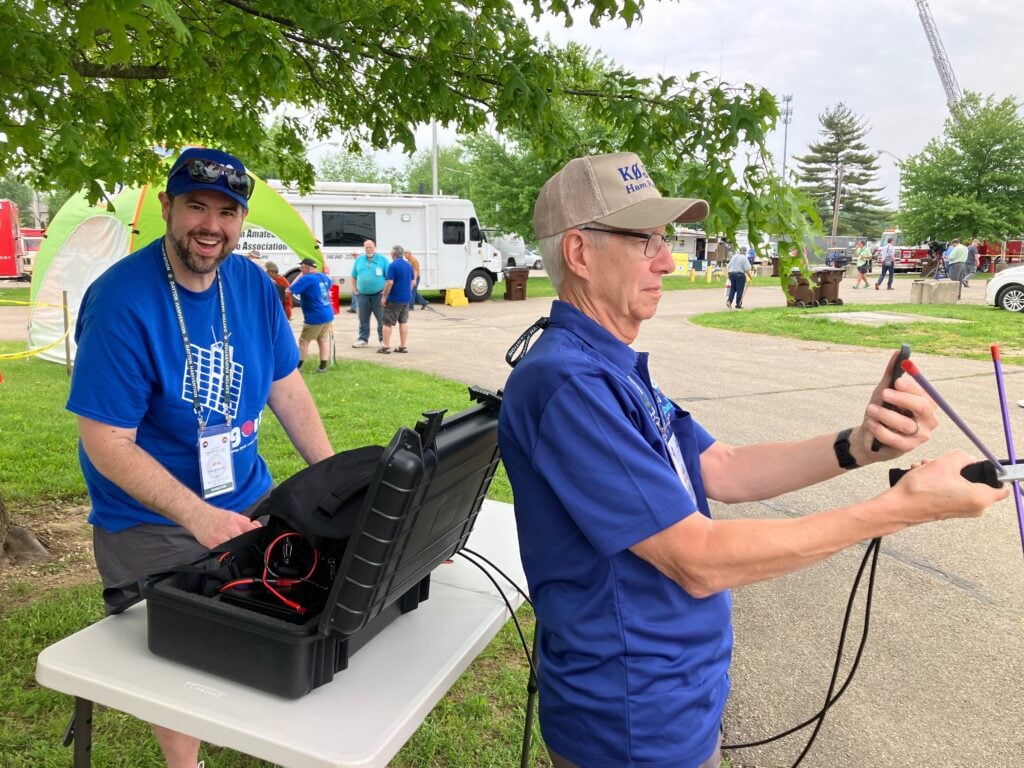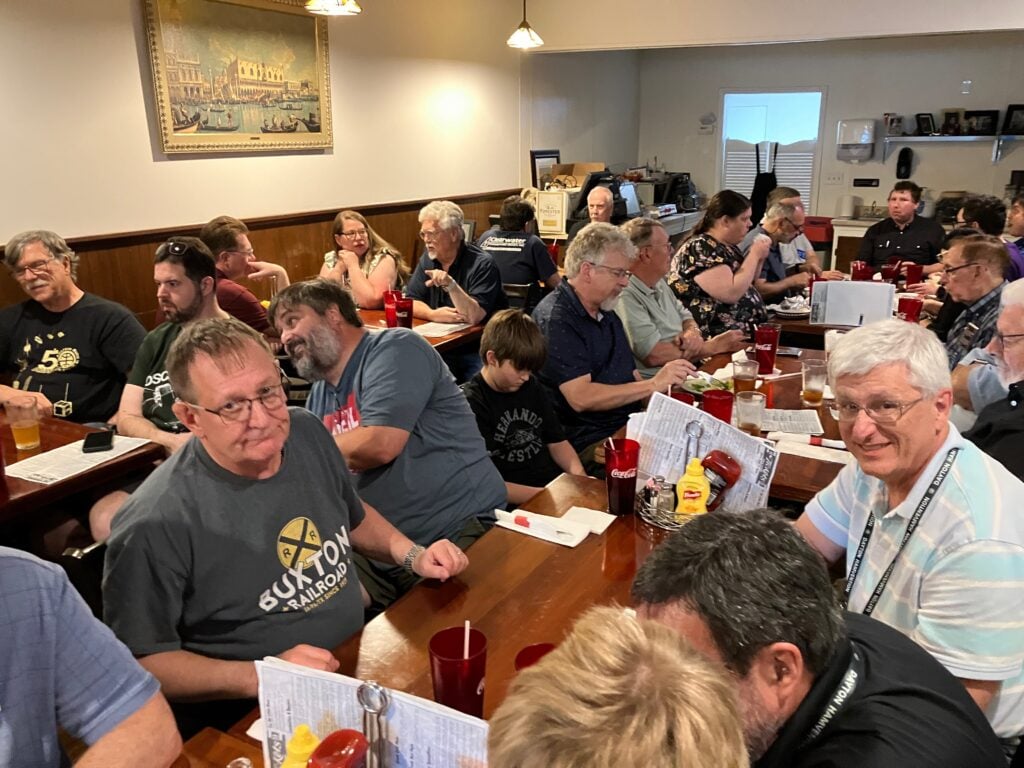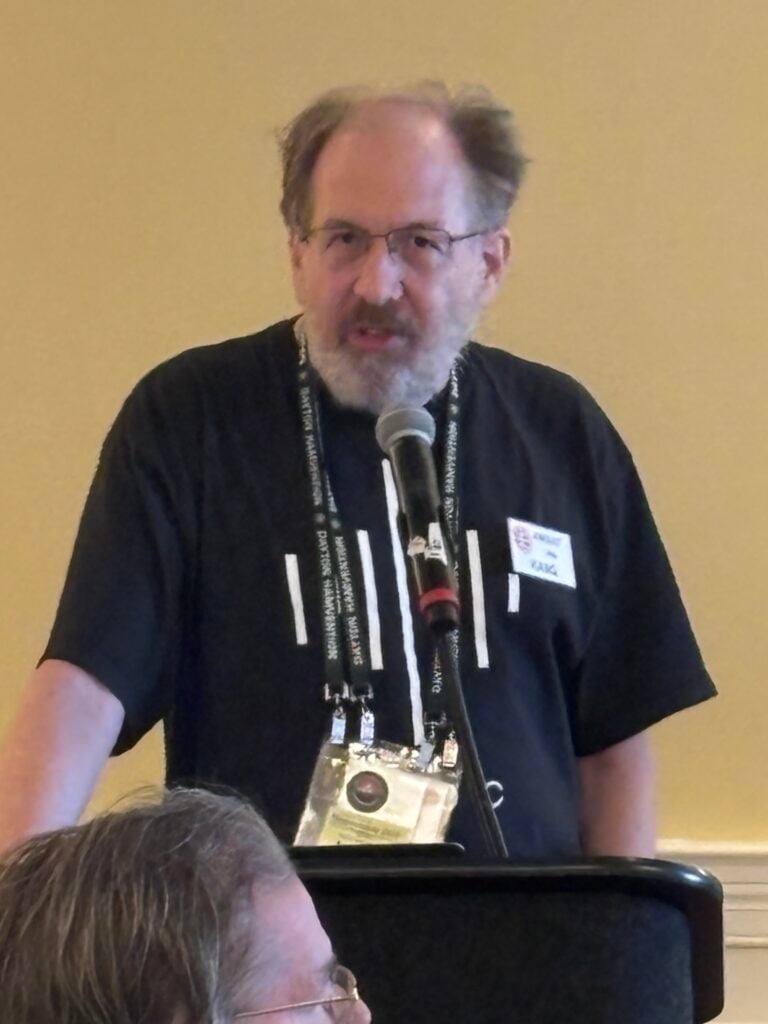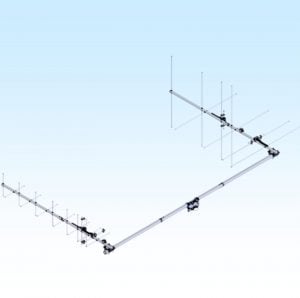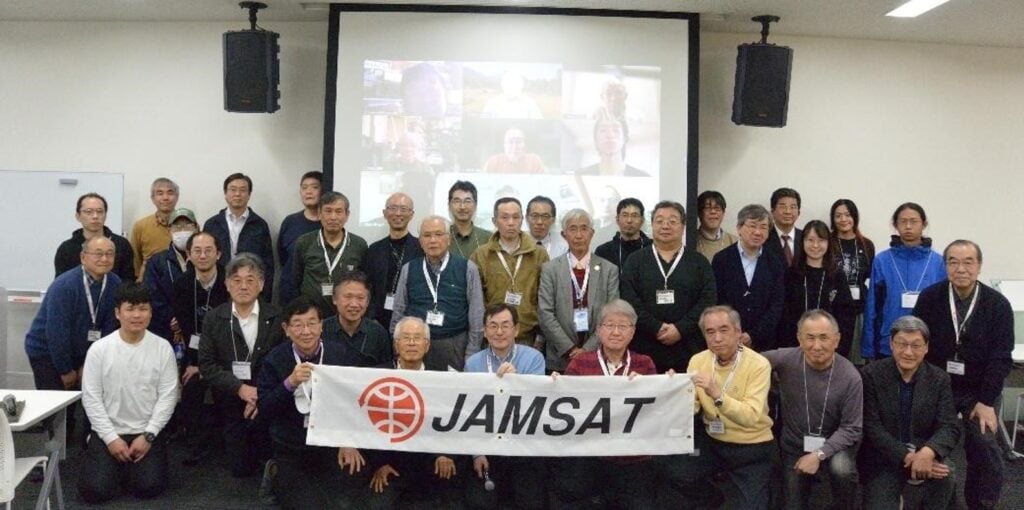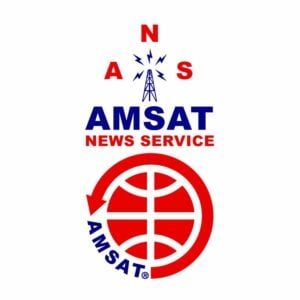
AMSAT News Service
ANS-292
October 19, 2025
In this edition:
* AMSAT Board of Directors Elects Officers
* AMSAT Symposium Held in Phoenix
* AMSAT Releases Draft Educators Guide to Using Satellites in the Classroom
* AMSAT Student Memberships Now Offered at No-Cost
* Is Low Earth Orbit Getting Too Crowded?
* Swarm Reveals Growing Weak Spot in Earth’s Magnetic Field
* Changes to AMSAT-NA TLE Distribution
* ARISS News
* AMSAT Ambassador Activities
* Satellite Shorts From All Over
The AMSAT® News Service bulletins are a free, weekly news and information service of AMSAT, The Radio Amateur Satellite Corporation. ANS publishes news related to Amateur Radio in Space including reports on the activities of a worldwide group of Amateur Radio operators who share an active interest in designing, building, launching and communicating through analog and digital Amateur Radio satellites.
The news feed on https://www.amsat.org publishes news of Amateur Radio in Space as soon as our volunteers can post it.
Please send any amateur satellite news or reports to: ans-editor [at] amsat.org
You can sign up for free e-mail delivery of the AMSAT News Service Bulletins via the ANS List; to join this list see: https://mailman.amsat.org/postorius/lists/ans.amsat.org/
AMSAT Board of Directors Elects Officers
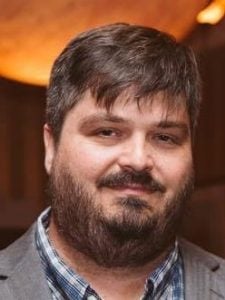
At its annual meeting in Phoenix, Ariz., the AMSAT Board of Directors elected Drew Glasbrenner, KO4MA, President. Glasbrenner succeeds Robert Bankston, KE4AL, who had served as AMSAT’s president since 2020 and earlier this year announced his intention to step down.
Glasbrenner had previously served as AMSAT’s Vice President – Operations since 2006, and as a director for many years. As an enthusiastic operator, Glasbrenner earned Satellite DXCC and WAS, AMSAT Gridmaster, and has over 2100 VUCC Satellite grids. He is also a proud father of two young hams, KO4UYE and KQ4SJM.
Additionally, Glasbrenner serves as a member of the International Amateur Radio Union’s (IARU) Satellite Frequency Coordination panel and advises university CubeSat teams on frequency coordination and licensing issues.
The Board of Directors also elected the following officers for the next year:
Executive Vice President: Paul Stoetzer, N8HM
Vice President – Operations: Mark Hammond, N8MH
Vice President – Engineering: Jerry Buxton, N0JY
Treasurer: Steve Belter, N9IP
Secretary: Doug Tabor, N6UA
Additionally, the President appointed the following officers:
Vice President – Educational Relations: Alan Johnston, KU2Y
Vice President – Development: Frank Karnauskas, N1UW
[ANS thanks the AMSAT Board of Directors and AMSAT President Drew Glasbrenner, KO4MA, for the above information]
AMSAT Remove Before Flight Key Tags Now Available
Yes, These are the Real Thing!
Your $20 Donation Goes to Help Fly a Fox-Plus Satellite
Includes First Class Postage (Sorry – U.S. Addresses Only)
Order Today at https://www.amsat.org/product/amsat-remove-before-flight-keychain
AMSAT Symposium Held in Phoenix
Approximately 35 AMSAT members gathered at Holiday Inn Phoenix Airport North on Friday and Saturday, October 17 and 18, for the 43rd Annual AMSAT Space Symposium & Annual General Meeting. They were joined by more than 50 guests, at any one time, tuning into the livestream online.
Presentations from the AMSAT Engineering teams updated participants on propulsion systems that may be used in the upcoming GOLF (Greater Orbit, Larger Footprint) series of satellites, mechanical design of the FoxPlus series of satellites, command and control, power management, and telemetry systems under development.
Presentations from the AMSAT Educational Relations team focused on the CubeSat Sim and its use in the classroom at various grade levels.
Additional presentations were made by AMSAT’s partner organization, ARISS (Amateur Radio on the International Space Station), tracking software authors, and the AMSAT Youth Initiative.
The symposium culminated with the Banquet on Saturday evening with keynote delivered by Liam Cheney, PMP. Liam is an aerospace consultant and founder of Footstep Aerospace by AG3, LLC.
[ANS thanks AMSAT for the above information.]
The 2025 AMSAT President’s Club Coins Are Here!
Celebrating the 40th Anniversary of Amateur Radio on Human Spaceflight
Help Support GOLF and Fox Plus.
Join the AMSAT President’s Club today!
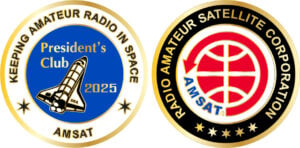
AMSAT Releases Draft Educators Guide to Using Satellites in the Classroom
At the 2025 AMSAT Space Symposium and Annual General Meeting in Phoenix, Ariz., AMSAT Vice President – Educational Relations Alan Johnston, KU2Y, announced the availability of a draft version of Educators Guide to Using Satellites in the Classroom, a new guide covering AMSAT’s CubeSatSim and other resources available for utilizing satellites in classroom education.
Johnston emphasizes that this guide is a draft document and will be continuously revised with better formatting and more content.
The draft guide is available at https://cubesatsim.org/EducatorsGuide.
[ANS thanks Alan Johnston, KU2Y, AMSAT Vice President – Educational Relations for the above information]
AMSAT Student Memberships Now Offered at No-Cost
At its annual meeting in Phoenix, Ariz., the AMSAT Board of Directors unanimously voted to offer student memberships at no-cost.
Free student memberships are offered for individuals under the age of 25 enrolled in an educational program from primary school through a Master’s degree.
The benefits of an AMSAT student membership include a one-year digital subscription to The AMSAT Journal and discounted prices on certain items in the AMSAT store.
Interested students may sign up for their no-cost membership at https://launch.amsat.org/Membership
[ANS thanks the AMSAT Board of Directors for the above information]
Is Low Earth Orbit Getting Too Crowded?
Hundreds of satellites may soon be flying in orbital regions that are already too packed to allow safe and long-term operations, a new study suggests.
The study found that, while in 2019 only 0.2% of satellites in Earth orbit were forced to perform more than 10 collision-avoidance maneuvers per month, that percentage had risen sevenfold by early 2025, to 1.4%. That number might still seem low, but it means that some 340 satellites spend a lot of time dodging debris and other spacecraft.
Moreover, the satellite population is set to keep growing. While in 2019 about 13,700 objects (including space junk) zoomed around the planet in low Earth orbit (LEO), at altitudes below 1,200 miles (2,000 kilometers), that number has since risen to 24,185 objects in 2025, an increase of 76%, according to the study. By the end of this decade, some 70,000 satellites may reside in LEO, according to industry growth predictions, representing a more than fivefold increase compared to the 2019 situation.
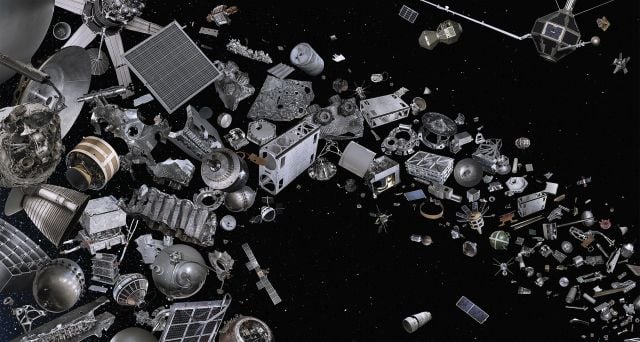
Artist’s rendering of space junk in orbit
[Image: European Space Agency]
The study, conducted by William E. Parker, Maya Harris, Giovanni Lavezzi, and Richard Linares of the Department of Aeronautics and Astronautics, Massachusetts Institute of Technology, was published September 26 in the journal, Acta Astronautica. The research was sponsored by the Department of the Air Force Artificial Intelligence Accelerator.
The authors selected 10 collision-avoidance maneuvers per month as a threshold at which satellite operation may become too complicated to be beneficial. Different operators choose a different threshold to perform collision-avoidance maneuvers. NASA spacecraft mostly maneuver when the collision risk is greater than 1 in 10,000. SpaceX — the world’s biggest satellite operator, with its Starlink broadband megaconstellation — is more cautious, using its autonomous space dodging system to avoid an object posing a risk greater than 1 in 3.3 million. Frequent maneuvers present a disruption to operations that some satellite handlers are better able to absorb than others.
[ANS thanks Space.com for the above information. Read the full article at https://www.space.com/space-exploration/satellites/is-low-earth-orbit-getting-too-crowded-new-study-rings-an-alarm-bell. See the complete academic paper at https://www.sciencedirect.com/science/article/pii/S0094576525006332?dgcid=author.]
Swarm Reveals Growing Weak Spot in Earth’s Magnetic Field
Using 11 years of magnetic field measurements from the European Space Agency’s Swarm satellite constellation, scientists have discovered that the weak region in Earth’s magnetic field over the South Atlantic – known as the South Atlantic Anomaly – has expanded by an area nearly half the size of continental Europe since 2014.
Earth’s magnetic field is vital to life on our planet. It is a complex and dynamic force that protects us from cosmic radiation and charged particles from the Sun.
It is largely generated by a global ocean of molten, swirling liquid iron that makes up the outer core around 3000 km beneath our feet. Acting like a spinning conductor in a bicycle dynamo, it creates electrical currents, which in turn, generate our continuously changing electromagnetic field – but in reality the processes that generate the field are far more complex.
Swarm, an Earth Explorer mission developed under ESA’s Earth Observation FutureEO programme, comprises a constellation of three identical satellites that precisely measure the magnetic signals that stem from Earth’s core, mantle, crust and oceans, as well as from the ionosphere and magnetosphere.
Thanks to this exceptional mission, scientists are gaining more insight into the different sources of magnetism to help understand how and why the magnetic field is weakening in some places and strengthening in others.
The weak field South Atlantic Anomaly was first identified southeast of South America back in the 19th century.
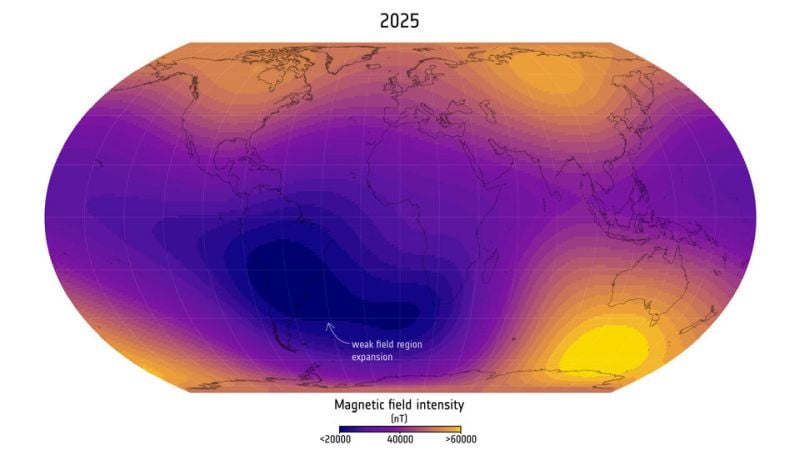
Today, the South Atlantic Anomaly is of particular interest for space safety, as satellites passing over the region are faced with higher doses of incoming radiation. This can lead to malfunctions or damage to critical hardware, and even blackouts.
Published this month in Physics of the Earth and Planetary Interiors, the latest results from the Swarm mission reveal that while the South Atlantic Anomaly expanded steadily between 2014 and 2025, a region of the Atlantic Ocean southwest of Africa has experienced an even faster weakening of Earth’s magnetic field since 2020.
“The South Atlantic Anomaly is not just a single block,” says lead author Chris Finlay, Professor of Geomagnetism at the Technical University of Denmark. “It’s changing differently towards Africa than it is near South America. There’s something special happening in this region that is causing the field to weaken in a more intense way.”
This behaviour is linked to strange patterns in the magnetic field at the boundary between Earth’s liquid outer core and its rocky mantle, known as reverse flux patches.
Prof. Finlay explains, “Normally we’d expect to see magnetic field lines coming out of the core in the southern hemisphere. But beneath the South Atlantic Anomaly we see unexpected areas where the magnetic field, instead of coming out of the core, goes back into the core. Thanks to the Swarm data we can see one of these areas moving westward over Africa, which contributes to the weakening of the South Atlantic Anomaly in this region.”
Swarm’s record-breaking 11 years
The latest model of Earth’s core-generated magnetic field marks a new milestone for ESA’s Swarm satellites, which have now provided the longest continuous record of magnetic field measurements from space.
The satellites were launched on 22 November 2013 as the fourth Earth Explorer mission, pioneering satellites that form a key component of ESA’s forward-looking FutureEO programme.
Conceived as demonstrators of innovative Earth observation technologies, these missions have long outlived their original design lifetime, become integral to long-term records, provided data for critical operational services, and have paved the way for future generations of satellites.
Swarm data underpin the global magnetic models used for navigation, monitor space weather hazards, and allow unprecedented insights into our Earth system from its core through to the outer reaches of Earth’s atmosphere.
Earth’s magnetic field strengthens over Siberia
The latest Swarm results highlight the dynamic nature of Earth’s magnetism. For example, in the southern hemisphere there is one point where the magnetic field is particularly strong, and in the northern hemisphere there are two – one around Canada and the other around Siberia.
“When you’re trying to understand Earth’s magnetic field, it’s important to remember that it’s not just a simple dipole, like a bar magnet. It’s only by having satellites like Swarm that we can fully map this structure and see it changing,” said Prof. Finlay.
However, since Swarm has been in orbit the magnetic field over Siberia has strengthened while it has weakened over Canada. The Canadian strong field region has shrunk by 0.65% of Earth’s surface area, which is almost the size of India, while the Siberian region has grown by 0.42% of Earth’s surface area, which is comparable to the size of Greenland.
This shift, which is caused by complex processes going on in Earth’s turbulent core, is associated with the northern magnetic pole moving towards Siberia in recent years. This shift is important for navigation, which is affected by the dance between these two areas of strong magnetic field.
ESA’s Swarm Mission Manager, Anja Stromme, said, “It’s really wonderful to see the big picture of our dynamic Earth thanks to Swarm’s extended timeseries. The satellites are all healthy and providing excellent data, so we can hopefully extend that record beyond 2030, when the solar minimum will allow more unprecedented insights into our planet.”
[ANS thanks the European Space Agency (ESA) for the above information.]
Changes to AMSAT TLE Distribution for October 17, 2025
Two Line Elements or TLEs, often referred to as Keplerian elements or keps in the amateur community, are the inputs to the SGP4 standard mathematical model of spacecraft orbits used by most amateur tracking programs. Weekly updates are completely adequate for most amateur satellites. TLE bulletin files are updated daily in the first hour of the UTC day. New bulletin files will be posted immediately after reliable elements become available for new amateur satellites. More information may be found at https://www.amsat.org/keplerian-elements-resources/.
This week there are no additions or deletions to the AMSAT TLE distribution.
[ANS thanks Joe Fitzgerald, KM1P, AMSAT Orbital Elements Manager, for the above information.]
ARISS News
Amateurs and others around the world may listen in on contacts between amateurs operating in schools and allowing students to interact with astronauts and cosmonauts aboard the International Space Station. The downlink frequency on which to listen is 145.800 MHz worldwide.
Completed Contacts
1st Radford Semele Scout Group, Radford Semele, United Kingdom, Direct via GB4RSS
The ISS callsign was NA1SS
The scheduled crewmember was Jonathan (Jonny) Kim, KJ5HKP
The ARISS mentor was MØXTD
Contact was successful: Sat 2025-10-18 09:51:59 UTC degrees maximum elevation
Congratulations to the 1st Radford Semele Scout Group students, Jonny, mentor MØXTD, and ground station GB4RSS!
Scheduled Contacts
Colegio de Cultura Popular, Bogotá, Colombia, telebridge via AB1OC
The ISS callsign is presently scheduled to be NA1SS
The scheduled crewmember is Zena Cardman, KJ5CMN
The ARISS mentor is VE6JBJ
Contact is go for: Thu 2025-10-23 13:46:10 UTC 63 deg
18th Primary School of Larissa, Larissa, Greece, Telebridge via K6DUE
The ISS callsign is presently scheduled to be NA1SS
The scheduled crewmember is Mike Fincke, KE5AIT
The ARISS mentor is IKØWGF
Contact is go for: Fri 2025-10-24 08:04:47 UTC 33 deg
Terre Haute Children’s Museum, Terre Haute, Indiana, direct via W9UUU
The ISS callsign is presently scheduled to be NA1SS
The scheduled crewmember is Jonathan (Jonny) Kim, KJ5HKP
The ARISS mentor is KD8COJ
Contact is go for: Sat 2025-10-25 13:45:00 UTC 52 deg
Watch for Livestream at https://youtube.com/live/kULT9EvbPwc?feature=share or https://live.ariss.org
Many times a school may make a last minute decision to do a Livestream or run into a last minute glitch requiring a change of the URL but we at ARISS may not get the URL in time for publication. You can always check https://live.ariss.org/ to see if a school is Livestreaming.
As always, if there is an EVA, a docking, or an undocking; the ARISS radios are turned off as part of the safety protocol.
The crossband repeater continues to be ACTIVE (145.990 MHz up {PL 67} & 437.800 MHz down), If any crewmember is so inclined, all they have to do is pick up the microphone, raise the volume up, and talk on the crossband repeater. So give a listen, you just never know.
Packet operations (145.825 MHz up & down) is ACTIVE.
Ham TV is CONFIGURED. Default mode is for scheduled digital amateur television operations (2395.00 MHz).
Note, all times are approximate. It is recommended that you do your own orbital prediction or start listening about 10 minutes before the listed time.
The latest information on the operation mode can be found at https://www.ariss.org/current-status-of-iss-stations.html
The latest list of frequencies in use can be found at https://www.ariss.org/contact-the-iss.html
[ANS thanks Charlie Sufana, AJ9N, one of the ARISS operation team mentors for the above information.]
Want to fly the colors on your own grid expedition?
Get an AMSAT car flag and other neat stuff from our Zazzle store!
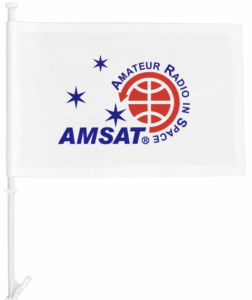
25% of the purchase price of each product goes towards Keeping Amateur Radio in Space
AMSAT Ambassador Activities
AMSAT Ambassadors provide presentations, demonstrate communicating through amateur satellites, and host information tables at club meetings, hamfests, conventions, maker faires, and other events.
No events are currently scheduled.
Interested in becoming an AMSAT Ambassador? AMSAT Ambassadors provide presentations, demonstrate communicating through amateur satellites, and host information tables at club meetings, hamfests, conventions, maker faires, and other events.
For more information go to: https://www.amsat.org/ambassador/
[ANS thanks Bo Lowrey, W4FCL, Director – AMSAT Ambassador Program, for the above information.]
Satellite Shorts from All Over
+ SpaceX closed a chapter in its Starship saga on October 13. It launched what appeared to be a nearly flawless suborbital mission with its Version 2 Starship-Super Heavy rocket, the final flight for this iteration of the launch vehicle. This was the final Starship launch of the year and the last mission that will fly from Pad A in its current configuration. SpaceX now turns its attention to completing and testing Version 3 of Starship-Super Heavy, which will begin launch from Pad B. It’s this iteration of the rocket that SpaceX intends to use for launching payloads to orbit and eventually flying missions to the Moon and Mars. (ANS thanks Spaceflight Now for the above information. Read the full article at https://spaceflightnow.com/2025/10/14/spacex-launches-final-version-2-starship-super-heavy-rocket/.)
+ Approximately 550 employees of NASA’s Jet Propulsion Laboratory (JPL) will be laid off, according to an announcement made on the agency’s website on October 13. The news comes in the midst of an ongoing U.S. government shutdown and the looming threat of the single largest funding reduction in NASA’s 66-year history. Due to those potential cuts, NASA has been forced to reshape many of its science and space exploration efforts. Scientists at NASA’S JPL oversee a fleet of flagship science missions designed to unravel the mysteries of our solar system. They include the Psyche asteroid probe, the Europa Clipper, the dark-matter-hunting Euclid Space Telescope, the Perseverance Mars rover and, of course, the Deep Space Network — the international array of antennas used to communicate with humanity’s spacefaring robotic explorers. (ANS thanks Space.com for the above information. Read the full article at https://www.space.com/space-exploration/nasa-lays-off-550-employees-at-jet-propulsion-laboratory-in-sweeping-realignment-of-workforce.)
+ The Federal Communications Commission, which issues Amateur Radio Service licenses, issued a Public Notice on Tuesday, September 30, indicating that it would suspend most operations following a shutdown. ARRL Volunteer Examiner Coordinator (ARRL VEC) Manager Maria Somma, AB1FM, said the FCC systems appeared to go off-line around 1 PM Eastern time on Wednesday, and are redirecting to the Public Notice. This means the FCC will not be processing any amateur radio license applications during the shutdown, which includes individual, club, and exam session (new and upgrade) applications. However, Somma urged that Volunteer Examiners continue to promptly forward session results from their exams to the ARRL VEC. ARRL VEC will promptly resume submitting applications to the FCC for processing. (ANS thanks ARRL for the above information.)
+ A constellation of classified defense satellites built by SpaceX is emitting a mysterious signal that may violate international standards. Satellites associated with the Starshield satellite network appear to be transmitting to the Earth on frequencies normally used for sending commands from Earth to satellites in space. The use of those frequencies to “downlink” data runs counter to standards set by the International Telecommunication Union. Starshield’s unusual transmissions have the potential to interfere with other scientific and commercial satellites, warns Scott Tilley, VA7LF, an amateur satellite tracker in Canada who first spotted the signals. (ANS thanks National Public Radio for the above information. Read the full article at https://www.npr.org/2025/10/17/nx-s1-5575254/spacex-starshield-starlink-signal.)
Join AMSAT today at https://launch.amsat.org/
In addition to regular membership, AMSAT offers membership to:
- Societies (a recognized group, clubs or organization).
- Primary and secondary school students are eligible for membership at one-half the standard yearly rate.
- Post-secondary school students enrolled in at least half time status shall be eligible for the student rate for a maximum of 6 post-secondary years in this status.
- Memberships are available for annual and lifetime terms.
Contact info [at] amsat.org for additional membership information.
73 and remember to help Keep Amateur Radio in Space!
This week’s ANS Editor,
Mark Johns, KØJM
mjohns [at] amsat.org
ANS is a service of AMSAT, the Radio Amateur Satellite Corporation, 712 H Street NE, Suite 1653, Washington, DC 20002
AMSAT is a registered trademark of the Radio Amateur Satellite Corporation.
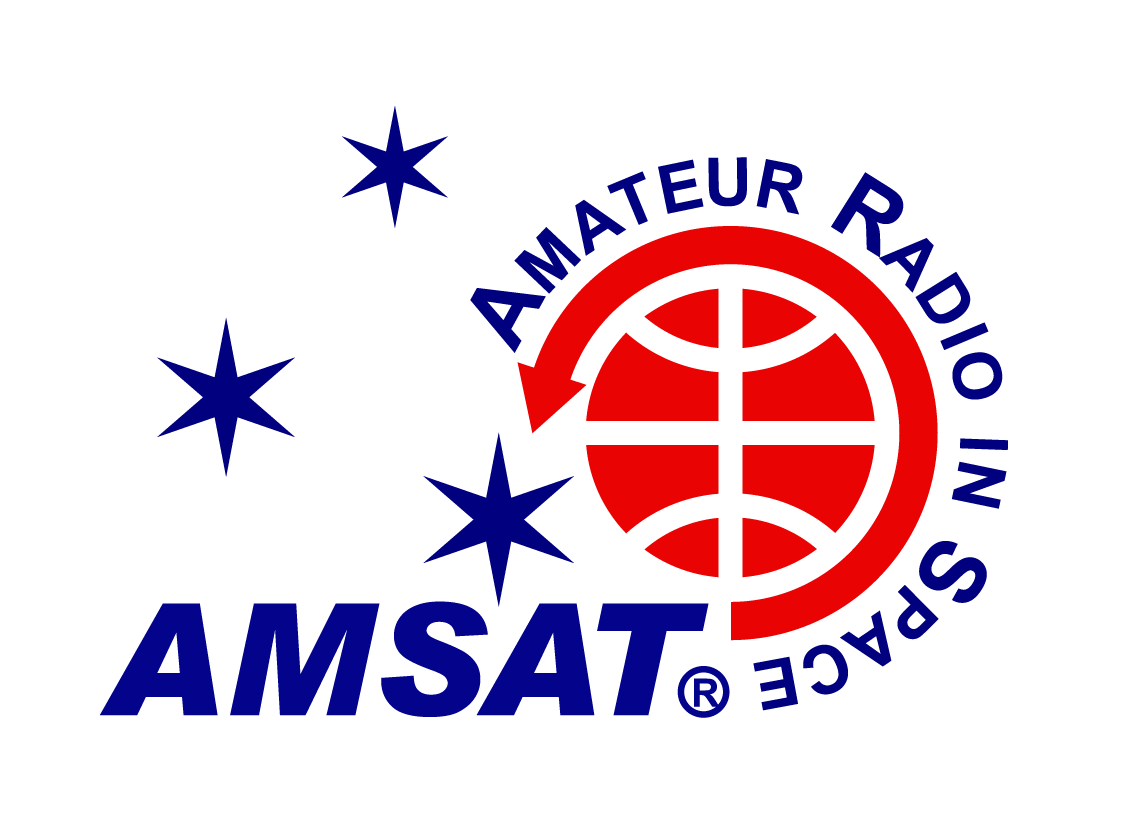

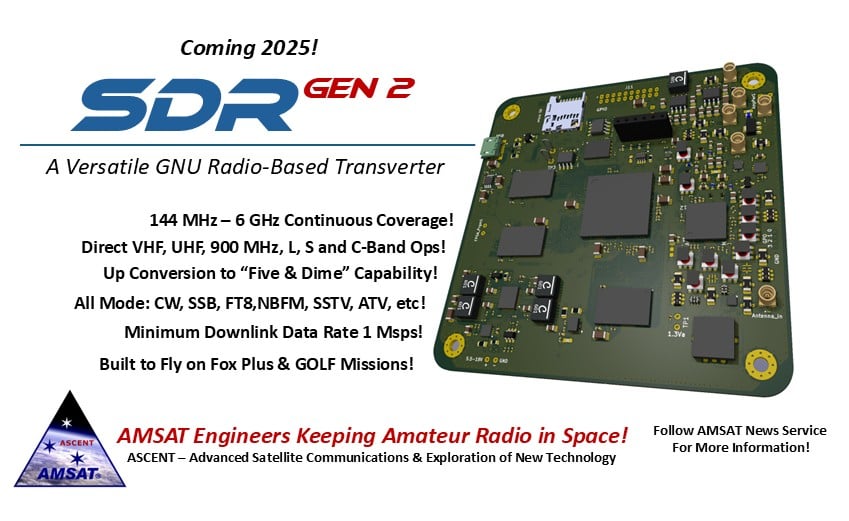
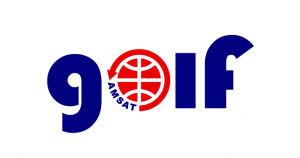

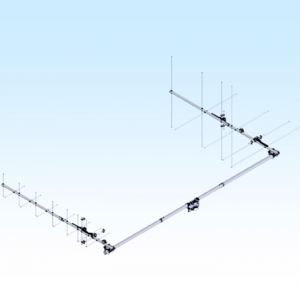

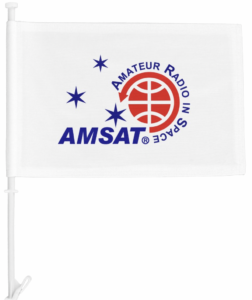
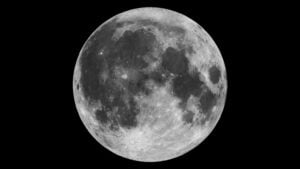 (Photo credit: NASA)
(Photo credit: NASA)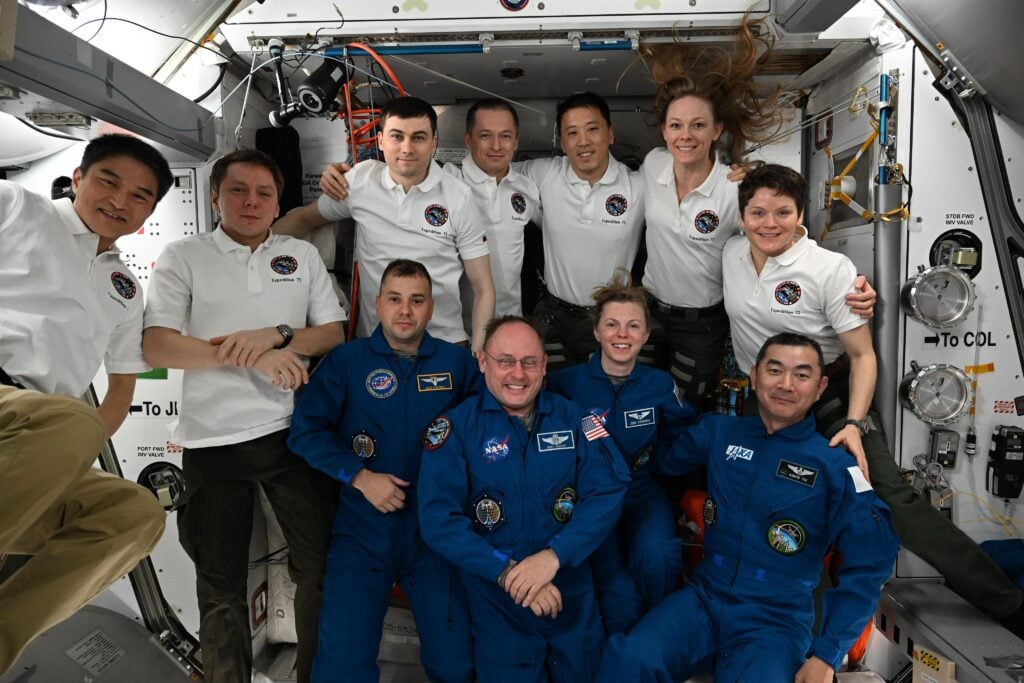
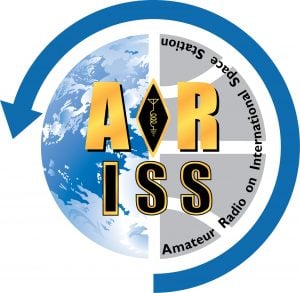
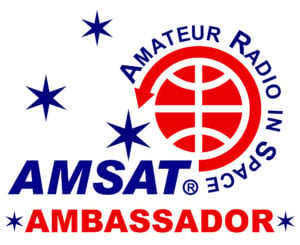
 (Photo Credit: JUPITER)
(Photo Credit: JUPITER)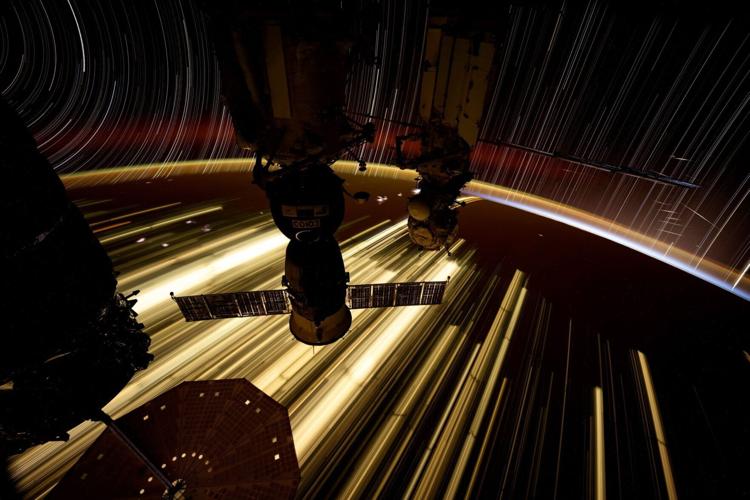 Starlink satellites are featured in this file photo (Dec. 2024) taken by NASA astronaut Don Pettit from the International Space Station (ISS). (Photo credit: Don Pettit/NASA via SWNS and Talker.com)
Starlink satellites are featured in this file photo (Dec. 2024) taken by NASA astronaut Don Pettit from the International Space Station (ISS). (Photo credit: Don Pettit/NASA via SWNS and Talker.com) 2025 ARRL Field Day logo (Credit: ARRL)
2025 ARRL Field Day logo (Credit: ARRL)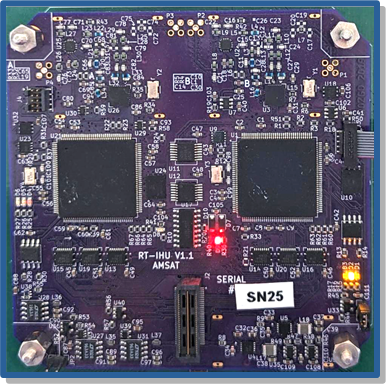
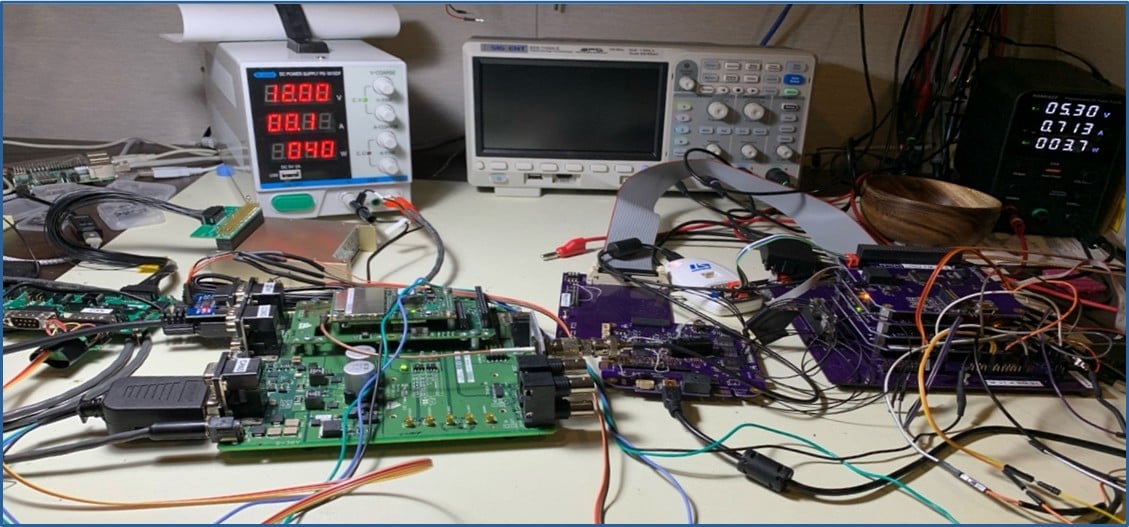
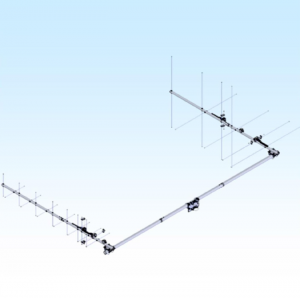 Purchase M2 LEO-Packs from the AMSAT Store.
Purchase M2 LEO-Packs from the AMSAT Store.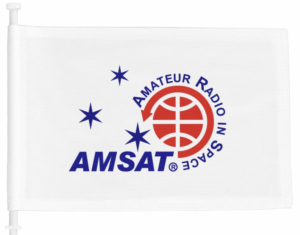 25% of the purchase price of each product goes towards
25% of the purchase price of each product goes towards Amateurs and others around the world may listen in on contacts between amateurs operating in schools and allowing students to interact with astronauts and cosmonauts aboard the International Space Station. The downlink frequency on which to listen is 145.800 MHz worldwide.
Amateurs and others around the world may listen in on contacts between amateurs operating in schools and allowing students to interact with astronauts and cosmonauts aboard the International Space Station. The downlink frequency on which to listen is 145.800 MHz worldwide.